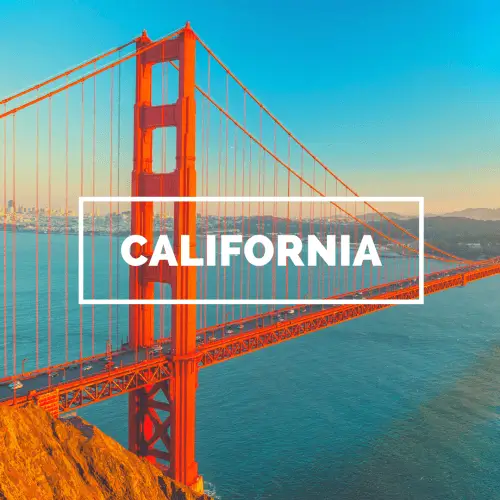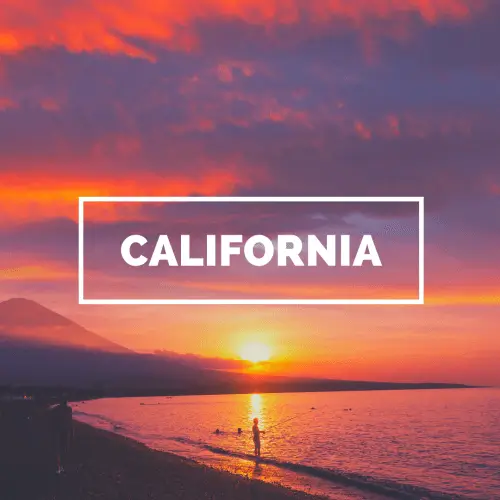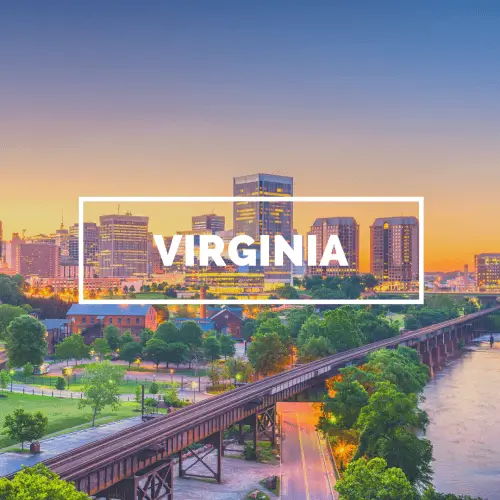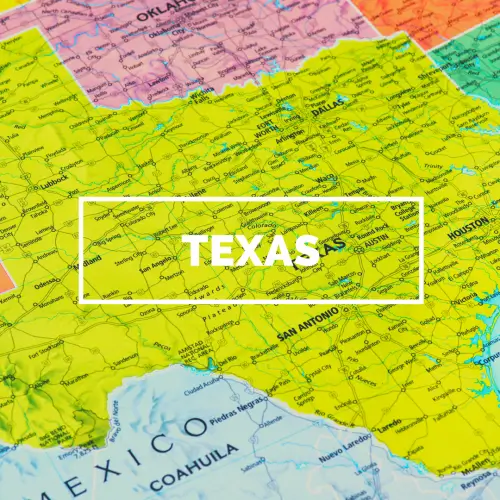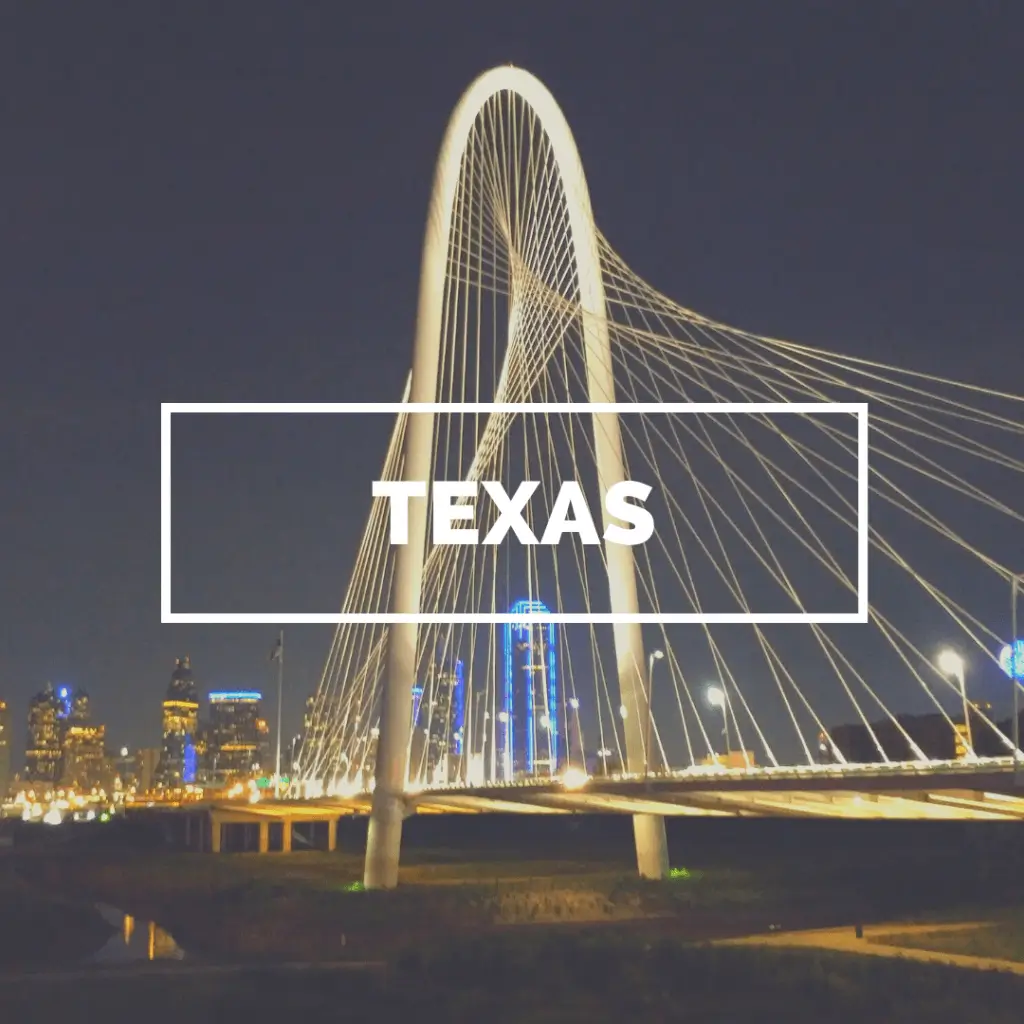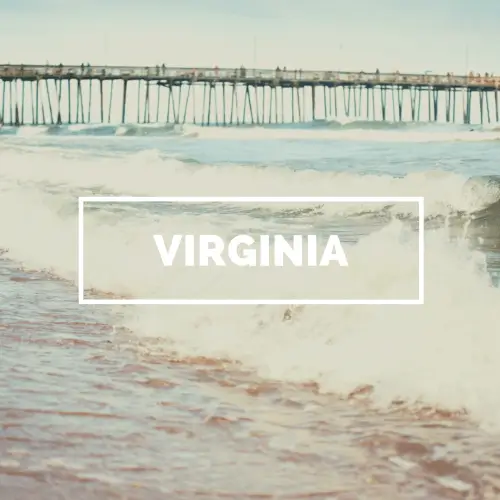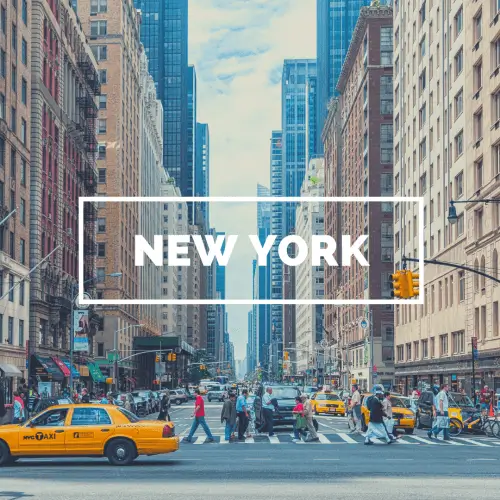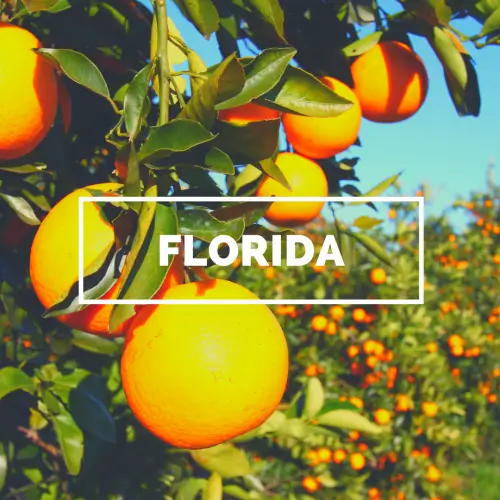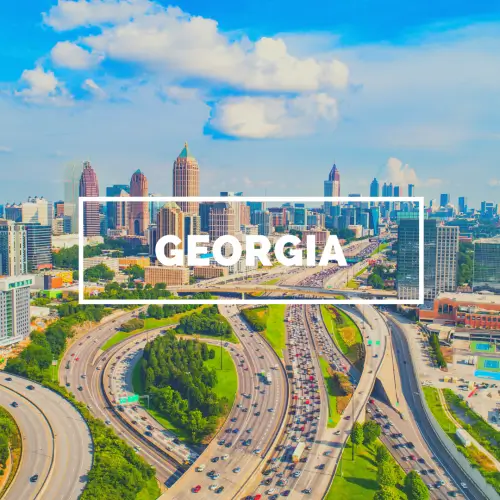Discover the Top 10 Unforgettable Motorcycle Routes in North America

Lila Claybourne
Oct 16, 2024
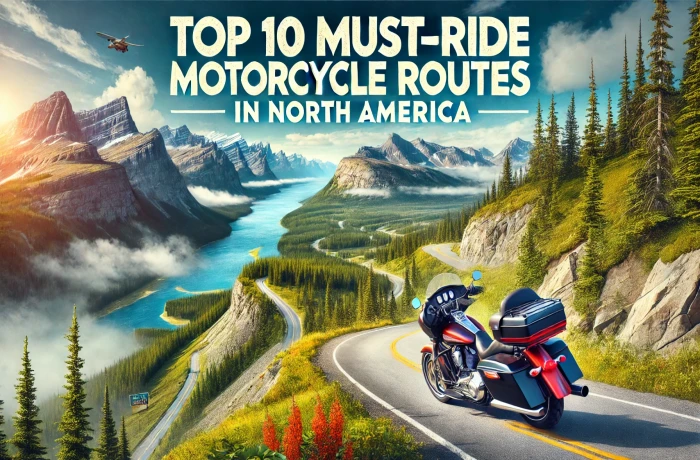
Summary
Introduction: Explore the thrill of North America's top motorcycle routes.
1. Pacific Coast Highway (California): Discover landmarks, history, and rider tips.
2. Blue Ridge Parkway (Virginia to North Carolina): Scenic vistas, local highlights, and riding tips.
3. Tail of the Dragon (North Carolina to Tennessee): Challenges, key spots, and safety advice.
4. Route 66 (Illinois to California): History, attractions, and must-see stops.
5. Cabot Trail (Nova Scotia, Canada): Coastal beauty, best riding times, and preparation tips.
6. Million Dollar Highway (Colorado): Alpine scenery, difficulty level, and preparation tips.
7. Going-to-the-Sun Road (Montana): Park highlights, difficulty level, and seasonal advice.
8. Beartooth Highway (Montana to Wyoming): High-altitude riding, safety tips, and highlights.
9. Natchez Trace Parkway (Mississippi to Tennessee): Historic significance, route difficulty, and seasonal highlights.
10. Alaska Highway (Canada to Alaska): Wilderness adventure, safety, and weather considerations.
Conclusion
FAQs: Expanded answers to common questions about these routes.
Exploring North America on a motorcycle is an adventure like no other, offering the chance to connect with nature, history, and diverse landscapes. With so many routes to choose from, it can be hard to know where to start. This guide covers the top 10 must-ride motorcycle routes in North America, providing detailed insights, tips, and highlights to help you plan an unforgettable journey. Learn more about motorcycle shipping services in the US.
1. Pacific Coast Highway: A Scenic Ride Along California's Coastline
The Pacific Coast Highway (PCH), or California State Route 1, is a legendary route known for its stunning coastal views, winding roads, and iconic landmarks. Spanning over 600 miles from Orange County to Mendocino County, this route is famous for its dramatic cliffs, beautiful beaches, and quaint seaside towns.
History and Background
The PCH was completed in 1937, with the intent to connect the rugged California coastline to major cities. It's now recognized as an All-American Road, providing access to some of California's most scenic landscapes.
Local Highlights
Bixby Creek Bridge: An architectural marvel near Big Sur, offering incredible views of the Pacific Ocean.
Big Sur: A stretch of rugged coastline known for its stunning cliffs, redwood forests, and the famous McWay Falls.
Carmel-by-the-Sea: A charming coastal town perfect for a coffee break or an overnight stay.
Rider Tips
Best Time to Ride: Spring to early fall offers the best weather. Morning fog can be common, so mid-day rides are often ideal.
Route Difficulty: Moderate – winding roads with sharp turns and elevation changes.
Safety: Watch for wildlife and occasional landslides, especially after heavy rain.
2. Blue Ridge Parkway: A Journey Through the Appalachian Mountains
Stretching 469 miles through Virginia and North Carolina, the Blue Ridge Parkway is known for its scenic beauty, with lush forests, mountain vistas, and serene landscapes. It connects Shenandoah National Park to the Great Smoky Mountains National Park.
History and Background
Constructed during the Great Depression, the parkway was designed as a recreational road to showcase the beauty of the Appalachians. It's now part of the National Park System.
Local Highlights
Mabry Mill: One of the most photographed spots on the parkway, this historic gristmill offers a glimpse into early 20th-century life.
Mount Mitchell: The highest peak east of the Mississippi River, accessible via a short detour.
Linville Falls: A stunning waterfall that can be reached by a short hike from the parkway.
Rider Tips
Best Time to Ride: Fall, when the foliage turns vibrant colors, or spring, for blooming wildflowers.
Route Difficulty: Easy to Moderate – gentle curves and well-maintained roads.
Safety: Be mindful of wildlife crossings and reduced visibility due to fog.
3. Tail of the Dragon: A Technical Challenge in the Smokies
Located on the border between North Carolina and Tennessee, the Tail of the Dragon (U.S. Route 129) is a famous route that attracts riders from around the world. With 318 curves in just 11 miles, it's a thrilling ride for experienced motorcyclists.
History and Background
Originally a Native American trail, the route has become a motorcyclist's paradise known for its tight curves and hairpin turns. It's now a popular spot for motorcycle rallies and events.
Local Highlights
Deal's Gap: A popular stop at the beginning of the route, offering lodging, dining, and the iconic "Tree of Shame" adorned with motorcycle parts from riders who didn't quite make it.
Great Smoky Mountains: Just a short ride away, offering additional scenic routes and outdoor activities.
Rider Tips
Best Time to Ride: Spring and fall provide the most favorable conditions, but the route can be ridden year-round.
Route Difficulty: Challenging – sharp curves, steep gradients, and heavy traffic during peak times.
Safety: This route demands focus and skill. Always ride within your limits, and be cautious of oncoming traffic and other riders.
4. Route 66: The Iconic Cross-Country Adventure
Route 66, also known as the "Mother Road," stretches from Chicago, Illinois, to Santa Monica, California. Covering over 2,400 miles, it offers a journey through America's heartland, deserts, and historic small towns.
History and Background
Established in 1926, Route 66 was one of the original highways in the U.S. Highway System. It became a symbol of freedom and the American road trip, immortalized in songs and pop culture.
Local Highlights
Cadillac Ranch (Texas): A quirky roadside attraction featuring half-buried, graffiti-covered Cadillacs.
Grand Canyon Caverns (Arizona): An underground attraction offering guided tours.
Santa Monica Pier (California): The official end of Route 66, offering ocean views and classic amusement park fun.
Rider Tips
Best Time to Ride: Spring and fall, to avoid extreme summer heat in the southwestern deserts.
Route Difficulty: Easy – mostly flat terrain with some sections of historic road in need of repair.
Safety: Carry plenty of water, especially in the desert stretches, and be prepared for varying road conditions.
5. Cabot Trail: A Ride Around Cape Breton's Coastline
The Cabot Trail in Nova Scotia offers a 185-mile loop around the northern tip of Cape Breton Island. This route is renowned for its stunning ocean views, highland scenery, and vibrant local culture.
History and Background
Named after the explorer John Cabot, who is believed to have landed in Atlantic Canada in 1497, the trail showcases the island's rugged beauty and Gaelic heritage.
Local Highlights
Cape Breton Highlands National Park: Offers scenic lookouts, hiking trails, and wildlife viewing opportunities.
Pleasant Bay: A great spot for whale watching during the summer months.
Ingonish Beach: Perfect for a relaxing break and a swim in the ocean.
Rider Tips
Best Time to Ride: Late spring to early fall. Fall offers spectacular foliage.
Route Difficulty: Moderate – includes steep grades and winding sections.
Safety: Watch for sudden weather changes, especially fog and strong winds near the coast.
6. Million Dollar Highway: Colorado's Alpine Adventure
The Million Dollar Highway (U.S. Route 550) is a 25-mile stretch between Silverton and Ouray, Colorado. It's known for its challenging curves, steep drop-offs, and breathtaking mountain scenery.
History and Background
The road was constructed in the late 1880s to support mining operations in the San Juan Mountains. Its name is said to come from the million-dollar views it offers, though some say it refers to the cost of building the road.
Local Highlights
Red Mountain Pass: Offers stunning views of the San Juan Mountains.
Ouray: Known as the "Switzerland of America," this town is famous for its hot springs.
Animas Forks: A well-preserved ghost town that offers a glimpse into Colorado's mining past.
Rider Tips
Best Time to Ride: Summer to early fall. Snow can make the route treacherous in winter.
Route Difficulty: Challenging – steep inclines, sharp curves, and high altitudes.
Safety: Exercise caution on the narrow sections without guardrails. Ensure your bike is in top condition for high-altitude riding.
7. Going-to-the-Sun Road: A Ride Through Glacier National Park
Located in Glacier National Park, Montana, the Going-to-the-Sun Road spans 50 miles, offering a ride through the heart of the park's rugged landscape. It's famous for its scenic beauty and engineering marvels.
History and Background
Completed in 1932, this road was designed to showcase Glacier National Park's diverse landscapes, including alpine forests, glacial lakes, and snow-capped peaks.
Local Highlights
Logan Pass: The highest point on the road, offering stunning views and access to hiking trails.
Lake McDonald: A serene glacial lake with crystal-clear waters.
Weeping Wall: A unique rock face where water cascades down during the spring melt.
Rider Tips
Best Time to Ride: Late June to September. The road is often closed due to snow outside this period.
Route Difficulty: Moderate – narrow roads with steep drop-offs and tight turns.
Safety: Check the Glacier National Park website for road conditions and closures. Be prepared for temperature changes as you climb in elevation.
8. Beartooth Highway: High-Altitude Riding in the Rockies
The Beartooth Highway (U.S. Route 212) runs for 68 miles between Montana and Wyoming, taking riders over the Beartooth Pass at nearly 11,000 feet. It's known for its dramatic switchbacks, high-altitude views, and diverse ecosystems.
History and Background
Completed in 1936, the highway was an engineering feat due to its challenging terrain and high elevation. It's considered one of the most scenic routes in the United States.
Local Highlights
Beartooth Pass: Offers panoramic views of snow-covered peaks and alpine plateaus.
Absaroka-Beartooth Wilderness: A stunning area with numerous hiking trails and alpine lakes.
Red Lodge: A quaint town with a rich mining history, offering shops, dining, and accommodations.
Rider Tips
Best Time to Ride: Late June to September. Snow can close the pass outside this window.
Route Difficulty: Challenging – steep grades, tight switchbacks, and high altitude.
Safety: Be prepared for rapidly changing weather, including snow and hail, even in summer. Dress in layers and bring extra fuel.
9. Natchez Trace Parkway: A Historic Ride Through the Deep South
The Natchez Trace Parkway stretches 444 miles from Natchez, Mississippi, to Nashville, Tennessee, following a historic travel corridor used by Native Americans, explorers, and traders.
History and Background
The Natchez Trace has a rich history, serving as a vital trade route for Native Americans and European settlers. Today, it's a peaceful, scenic road that preserves this historical path.
Local Highlights
Emerald Mound: One of the largest Native American mounds in the U.S.
Cypress Swamp: Offers a unique landscape of cypress trees and wildlife.
Rocky Springs: An abandoned 19th-century town with a nature trail.
Rider Tips
Best Time to Ride: Spring and fall for mild temperatures and beautiful scenery.
Route Difficulty: Easy – well-maintained road with gentle curves.
Safety: The speed limit is 50 mph. Watch for wildlife and cyclists.
10. Alaska Highway: A Remote Adventure to the Last Frontier
The Alaska Highway (Alcan Highway) runs 1,390 miles from Dawson Creek, British Columbia, to Delta Junction, Alaska. It's a remote and rugged route that offers an adventurous ride through some of the wildest regions in North America.
History and Background
Constructed during World War II as a military supply route, the Alaska Highway opened to the public in 1948. Today, it remains a challenging and rewarding route for those seeking adventure.
Local Highlights
Liard River Hot Springs: A natural hot spring offering a warm soak in the wilderness.
Kluane Lake: The largest lake in the Yukon, surrounded by stunning mountain scenery.
Sign Post Forest: A quirky attraction in Watson Lake where travelers have added their own signs.
Rider Tips
Best Time to Ride: Late May to early September to avoid harsh weather conditions.
Route Difficulty: Moderate to challenging – remote areas, varying road conditions, and long stretches without services.
Safety: Prepare for the unexpected. Carry extra fuel, warm clothing, and emergency supplies. Check road conditions before starting your journey.
Conclusion
North America's motorcycle routes offer something for every type of rider, from scenic coastal highways to high-altitude mountain roads. These top 10 routes provide a mix of breathtaking scenery, challenging rides, and unique experiences. Whether you're seeking the thrill of the Tail of the Dragon or the peaceful ride of the Blue Ridge Parkway, the open road awaits. So, prepare your bike, gear up, and start planning your next motorcycle adventure. Learn more about motorcycle shipping with AmeriFreight.
FAQs
1. What are the road conditions like on the Alaska Highway?
Road conditions can vary, with some sections paved and others gravel. The road is generally well-maintained, but be prepared for rough patches, construction zones, and changing weather conditions.
2. Are there motorcycle-friendly accommodations along Route 66?
Yes, Route 66 is dotted with motorcycle-friendly motels, campsites, and inns. Many establishments along the route cater to riders, offering secure parking and basic maintenance tools.
3. Can beginners ride the Tail of the Dragon?
The Tail of the Dragon is recommended for experienced riders due to its technical nature and sharp curves. Beginners should practice on less challenging routes before attempting it.
4. What gear is recommended for the Million Dollar Highway?
Dress in layers, as weather can change quickly. A good-quality riding jacket, gloves, and full-face helmet are recommended. Additionally, ensure your bike has adequate brakes and tires for the steep terrain.
5. Do I need permits to ride through national parks on these routes?
Some national parks require entry fees or permits. For example, riding the Going-to-the-Sun Road requires an entry pass to Glacier National Park. Always check the park's official website for current information.
6. How should I prepare for a ride on the Beartooth Highway?
Be prepared for high-altitude conditions, including cold temperatures and strong winds. Bring extra layers, plenty of water, and ensure your motorcycle is in good condition for the challenging terrain.
7. What is the best way to plan a motorcycle trip on these routes?
Research the route, plan your stops, and make accommodation reservations in advance. Use GPS and carry paper maps as a backup. Ensure your motorcycle is well-maintained and pack essential gear, including a first-aid kit and basic tools.
Related Posts
